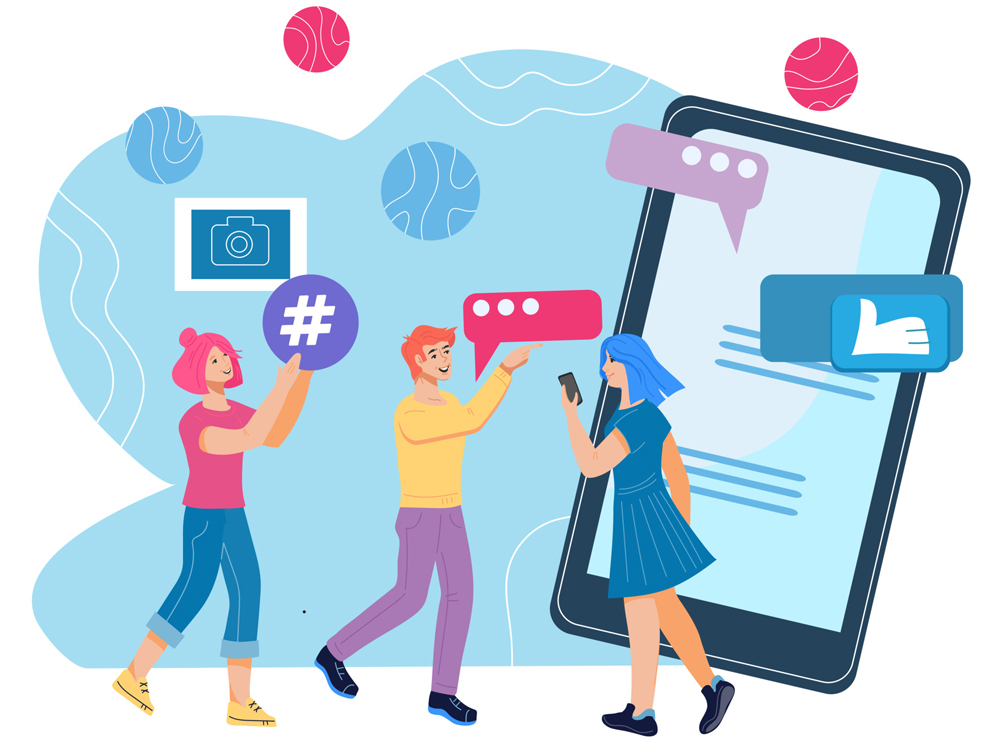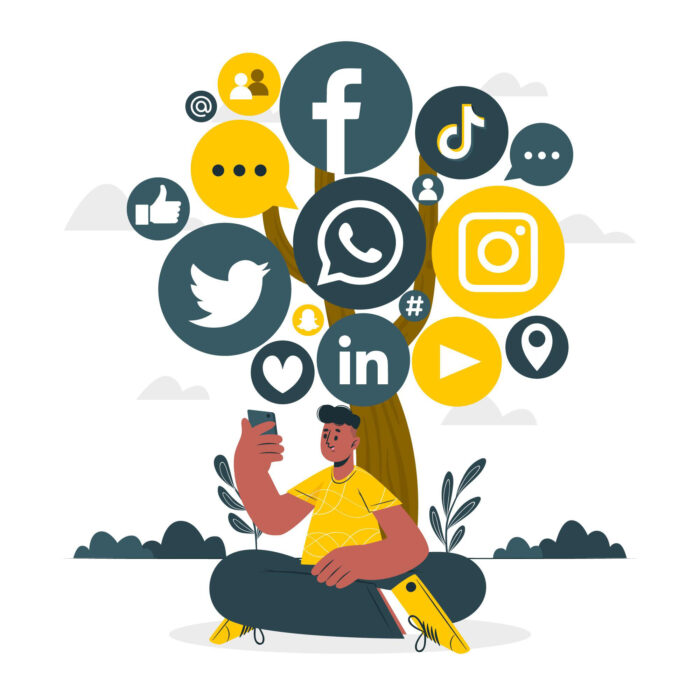
Social networking is become a crucial aspect of our daily life in the digital age. Social networking platforms have a big impact on how users interact with products and services, from connecting with friends and family to learning about new ones. As a result, companies are making use of social media’s capacity to strengthen their online presence and interact with their target market. Increasing brand loyalty, traffic, and conversions may all be accomplished by integrating social media into website design. This blog explores the advantages of integrating social media into site design and offers practical advice for maximising this potent combination.
The seamless integration of a website with different social media platforms is known as social media. Businesses can compel visitors to interact with their brand on various social platforms by integrating social media symbols, buttons, and feeds. By allowing users to share information, follow changes, and engage with the business in a comfortable and user-friendly environment, social media integration expands the audience of a website.
Integration of social media encourages greater user participation. By including social sharing buttons, websites can increase their audience organically by enabling users to quickly share information they find interesting. This fosters a sense of community around the brand and motivates customers to actively engage in discussions and share their personal stories.

Brand visibility in the digital sphere is increased by social media integration in site design. Customers may become brand evangelists as a result of users sharing website information on their social media profiles since it reaches a wider audience. Brand recall and awareness rise as a result of repeated brand exposure.
Social proof is established by incorporating social media feeds that show live consumer feedback, endorsements, and user-generated material. Positive online interactions and user reviews increase credibility and trust, convincing potential customers of the brand’s veracity and dependability.
User-generated content is an effective tool for marketing. Businesses can display real interactions between clients and the brand by merging social media feeds with UGC. This increases authenticity and improves the brand’s relationship with its target market.

Integration of social media helps to increase website traffic. Users are redirected back to the website as they click on social media links and follow a brand’s social profiles, which increases website traffic and might boost conversion rates.
By bridging the gap between a website and social media platforms, social media integration promotes interaction across platforms. Businesses may keep an active and consistent presence across a variety of media by encouraging visitors to follow, like, and share information.
Users can log in or register on a website using their social network accounts by integrating social login options. By streamlining the registration procedure, this improves user experience by lowering friction.

Integrating social media gives you the chance to keep your branding consistent across several platforms. Incorporating social network logos and feeds into the website’s design allows for a more smooth and integrated user experience.
Including social media feeds and icons is only one aspect of social media integration. To gauge the effect of social interactions on website performance, it also entails tracking social media statistics. Businesses may improve their social media strategies and find areas for growth by analysing data from social media platforms.

In today’s digitally connected world, integrating social media into web design is a must, not an option. Businesses may improve user engagement, increase brand recognition, and increase website traffic by integrating social media icons, buttons, feeds, and user-generated content (UGC). By bridging the gap between a website and social networks, social media integration promotes cross-platform engagement and increases brand loyalty. Businesses must embrace the potential of social media integration and utilise it strategically to accomplish their marketing and commercial goals if they want to remain competitive in the digital environment. Always keep in mind that social media should be integrated into web design in a way that benefits both the brand and its audience.
We would love to work with you on your next project or breathe new life into an existing one. Speak to our experts today!
Contact us